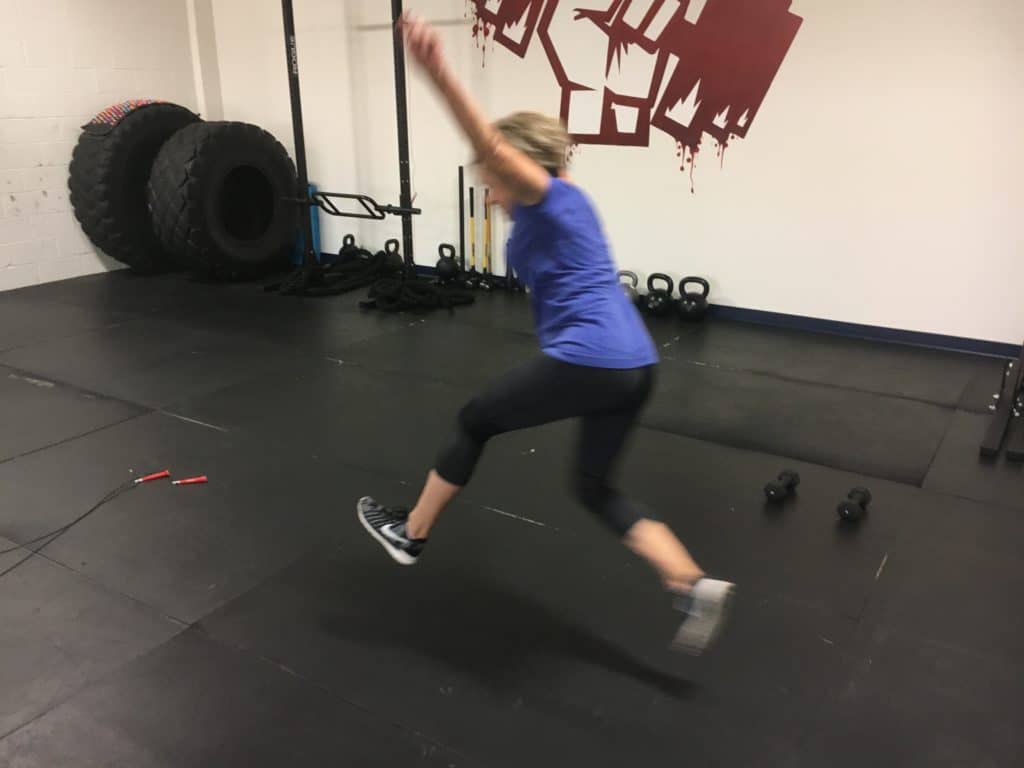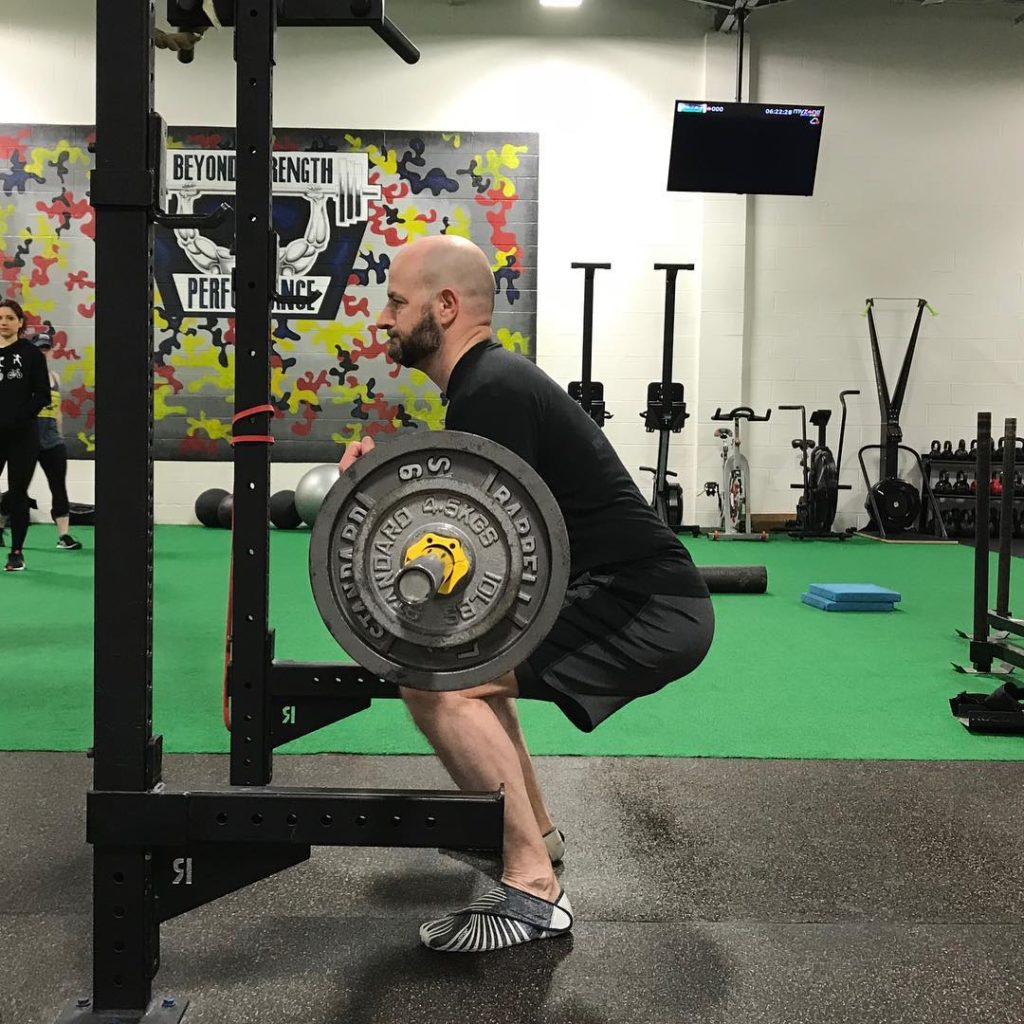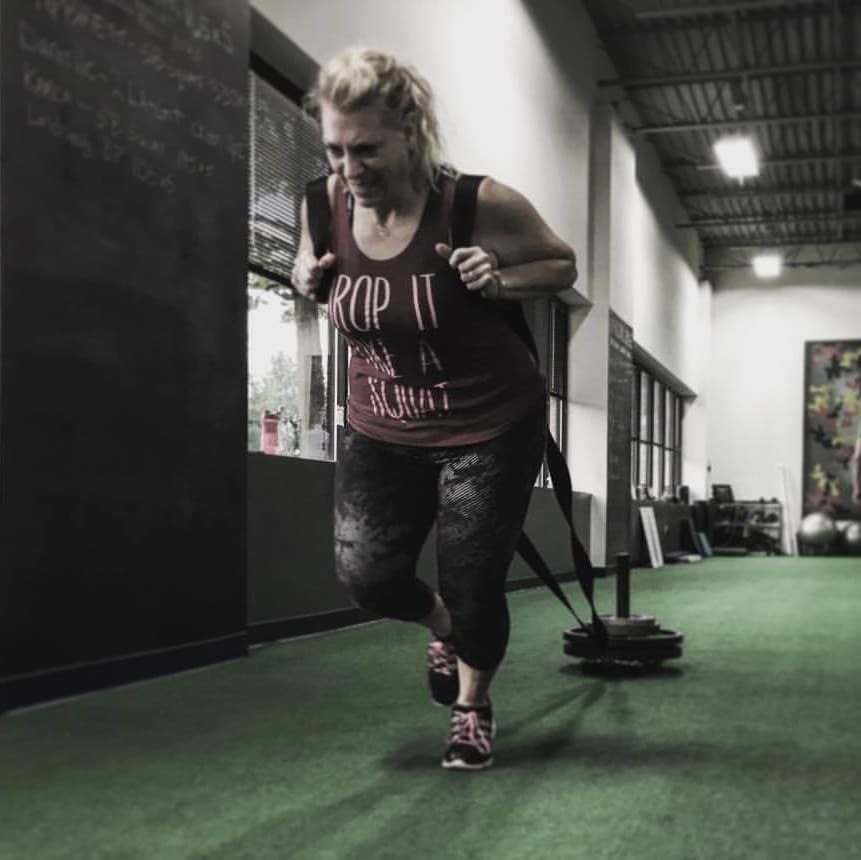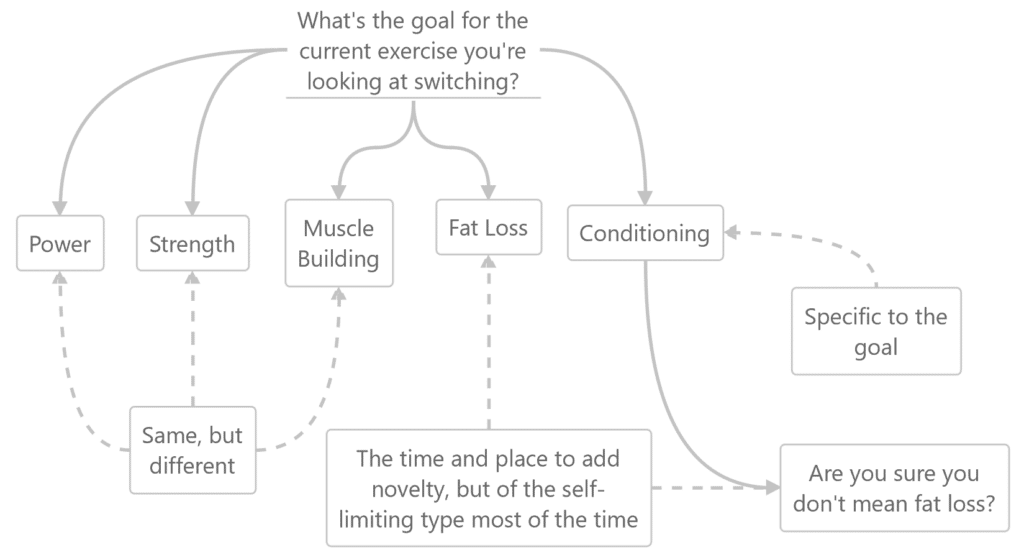Melissa had been training on her own for just about three weeks, and things were going pretty well. She pulled a 4-day strength routine from her favorite magazine, Shape, and had been going to town on it in the gym.
The program called for a handful of exercises, mostly using dumbbells and body weight, and seemingly focused on strength.
It was pretty cool, as she’d never trained with free weights like this before, and she was already feeling a difference in her strength and—maybe, just maybe, she thought—the way her clothes were fitting.
But Melissa knew that she needed to add some variety to her routine because, after all, variety is the spice of life—oh, and muscle confusion. She’s been fed the idea of muscle confusion through some old infomercials, and they’ve been in her head ever since.
In full transparency, Melissa was made up for the purpose of this post, but I have met plenty of “Melissa’s” in the almost 7 years BSP NOVA has existed.
And the best part?
We’ve been able to help “Melissa” cut through the confusion and get some pretty epic results…
Here’s how.
Intent Matters
Training isn’t as confusing as those old infomercials want to make you believe. And granted, there are a lot of approaches to training, so let’s get our bias out of the way up front.
We’re a strength training gym for normal, everyday people.
Don’t get me wrong, everyone that trains here is awesome and all, but there aren’t any world records being set, screaming and throwing weights across the gym, etc… nor do our people want those types of things.
But, we use strength and conditioning training to help people accomplish their goals, be they:
- Fat Loss
- Strength
- Muscle Building
- Cardio (Conditioning)
- Prepare for a Sport
- Increasing Confidence
- Blowing Off Some Steam
- …
And within each training day we set different intentions throughout the session:
Power
Earlier in our training sessions we typically train with the intent to be powerful—whether that’s jumping onto a box, throwing a medicine ball at the wall, and hopping and landing on one foot—everyone trains for power. So, our intent would be to jump higher, move the same or more weight with increasing velocity, increase our ability to absorb more force, etc…

This is beneficial to everyone from 75-year-old Edna, who’s power training might be as simple as hopping over a 3″ hurdle in a variety of different directions and landing with good balance so that she can decrease her risk of falling, to 32-year-old Sam, who’s power training involves high-velocity rotational medicine ball throws and jumps, because he wants to perform better in his men’s baseball league.
Strength
After power we train with the intent to get stronger—think squats, deadlifts, presses, and rows. Our intent is to incrementally add more weight to the exercise, get more reps with the same weight, move the same weight faster, etc…

Everyone trains for strength, as being stronger makes our ability do just about anything, well, easier. And, even better, strength training helps to maintain muscle mass as we age, keeping our metabolism kicked into high gear. Not too shabby!
Cardio
After strength we typically head to some type of cardio training, also commonly referred to as conditioning, and this is where the intent can head in a variety of directions. Are we training for fat loss? The intent is to get the heart rate up to variable ranges through inefficient exercise. Are we conditioning for a specific event (i.e. sport, a hike, whatever it may be)? The intent is to prepare us for the demands of the event.

Regardless of the specifics, being more conditioned to withstand the rigors of prolonged physical activity, just like strength, makes life more enjoyable.
So why does intent matter?
Mastery of Movements for Maximum Results
In order to reap the benefits of our different intentions in the gym, we’ve got to actually gain proficiency with the exercises we’re using.
If we are constantly switching exercises all of the time we’ll be too busy learning how to do them to ever be able to express our intentions, be they incrementally adding more weight to the bar, moving with more velocity, getting more repetitions with the same weight, etc…
So, we train for mastery of the basics.
Now, does that mean there’s no variety to our training?
Woah, woah, woah—now you’re talking crazy…
How to Add Variety to the Basics

Same, but different
When it comes to power, strength, and muscle building, mastery of movement is very important. As we discussed above, based on the intent, we want to be able to perform the exercises well enough to reap the benefits. So does this mean we have to do things exactly the same way all of the time? As “same, but different” implies, not exactly…
Here are some ways we could add variety to power, strength, and muscle building exercises:
- Same pattern, different implement. If you’ve been doing goblet squats for the last 8 weeks, and you’re feeling like switching it up, you could do zercher squats, or safety bar squats, or double kettlebell front squats, or front squats, or…
- Same exercise, different tempo. Going with the above example of goblet squats, you could have just changed the tempo of the movement. Take three seconds to descend to the bottom and come up as fast as you can, or drop into the bottom as fast as you can and pause for three seconds before driving back to the top, or take three seconds to descend, don’t pause, take another three seconds to ascend, don’t pause, or…
- Same exercise, different range of motion. Maybe you’re trying to get stronger with deadlifts. Sure, you could keep deadlifting from the floor, but you could also overload certain ranges with elevated deadlifts. Now that you’ve gained proficiency and reaped some good gains from the floor, let’s spend a month doing rack pulls from above the knee, then we can do a month of deficit pulls (standing on a low platform so that we have to descend further to reach the bar), and then we can return to the full range deadlift.
- Same exercise, different… The list could go on, and on, and on. In fact, when presenting to other coaches I have shown how you could program the basic goblet squat for years on end, never doing the same thing twice…
Novelty
Novelty has it’s place in training, no doubt. And that time is when training for fat loss.
But, before we go into that, how’s your diet?
And second, are you strength training? At the end of the day, even for fat loss, diet and strength training are king.
Okay, now that those are out of the way, let’s talk the why and how of novelty for fat loss.
Fat loss exercise is about being completely inefficient. Most forms of cardio work for a few weeks. Then, you get good at it and progress stops. This has always been the problem with jogging for fat loss. Sure, jogging a mile works at first if you’re not used to it and are inefficient, but soon you’ll need two miles, then three, etc. to get the same effect. You become efficient, and soon you’re adding miles and miles just to maintain. And then you get hurt. And fat.
– Dan John
So how do we add novelty—CrossFit, Orange Theory, Body Pump, … ?
No system is perfect, but I’ve got my concerns about all of those options—mainly in the forms of too much intensity with technically demanding exercises and the more is better approach. The risks, for most, just aren’t worth the squeeze.
What’s a solid answer? Self-limiting exercise.
Self-limiting exercises provide immediate feedback as to whether the user is doing them right or not. They require mental focus, but lack the potential catastrophic results of many other training options.
Here are a bunch of examples:
- Jump Rope
- Loaded Carries
- Sled Pushing/Pulling
- Balance Beam Work
- Crawling
- Rower
- Medicine Ball Throws/Slams
- Climbing Activities (Jacobs Ladder, bouldering)
- Battling Ropes
- Brisk Walks on Variable Terrain (hills, trails)
- Indian Clubs
- Air Bike
- …
We can include these types of activities to cap off a strength training day, or even implement them between strength training days. And like strength training, we can use the “same, but different” approach by working for varying lengths of time with different intensities of effort.
Specificity
If you have a specific conditioning-based goal, we have to get—well, specific.
Further out from the goal we can utilize the inefficient approaches above to build an aerobic base (that’s a post for another day), but as we get closer (and depending on the goal, probably throughout) we’ve got to actually make sure we not only have mastery of the movements for the goal, but that we’re doing the activity(ies) we’ll need to do.
This stands true for powerlifting, preparing for your first 5k, hiking the Appalachian Trail, competing in a triathlon, etc…
Is there ever a time I NEED to change exercises completely?
Yes, in the presence of pain.
But, with the help of your medical professional, we can continue training. If “squats” hurt, we can usually figure out why, make subtle changes, and continue crushing your goals. You know—same, but different.
So What Did “Melissa” Do?
Luckily Melissa came across BSP NOVA through a Facebook post and just started her 30-Day VIP Experience.
She started with her 1-on-1 assessment and goal-setting session, followed that up with a personal orientation where she learned how to warm-up and lift weights the right way, and is now one week into training with her completely customized program that’s built around her and her goals.
Melissa is about to dropkick some goals in the face!
